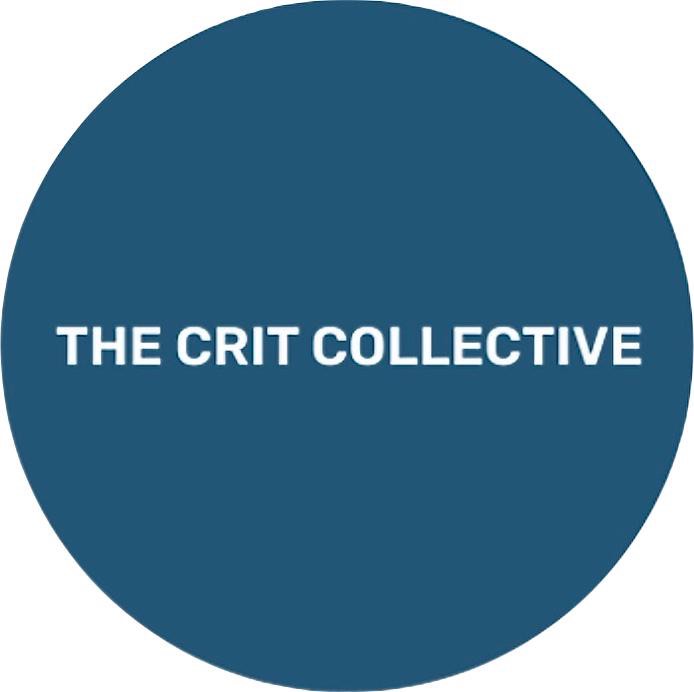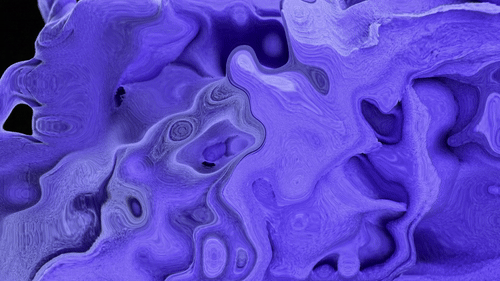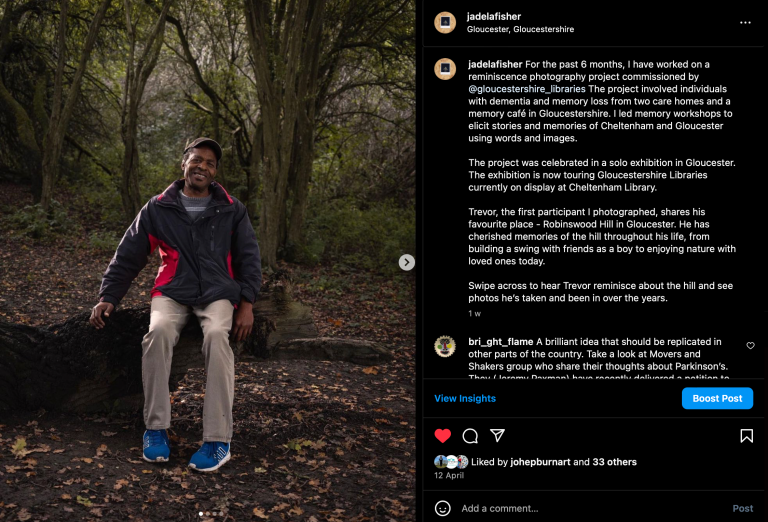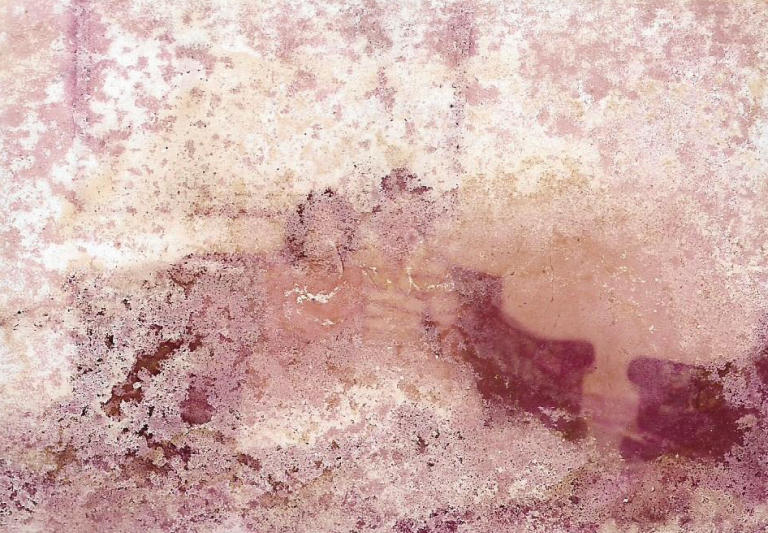Audio Visual Sensitivity
Content warning: viewer discretion is advised, this video includes flashing images that could trigger photosensitive epilepsy and sounds that may be uncomfortable for those with oral sensitivity.
As part of the nerve pain section of my In Transit artist residency research I wanted to explore my sensory sensitivities. Due to my chronic illnesses, neurodivergence and nerve damage I have become more sensitive to certain sounds, smells and light. When I am experiencing a flare of my conditions certain sounds elicit a unique sort of pain. The sound of people eating is one of these sounds, it has become almost unbearable and I wear ear plugs to help find relief. I would have never understood how severe this really of pain and discomfort could be to an ordinary sound unless I had experienced it, with this clip I am exploring different methods to represent this sensation.
Captions
Historically I have always burnt captions into my videos, this is called open captions and they can not be removed. In one of our accessibility sessions with Andy I learnt that closed captions are actually generally more widely accessible than open captions. Closed captions are not burnt into the video, they are a separate file and can be removed, but they can also be adjusted, such as the size, contrast and colour. I have used closed captions for the first time in this video.
Content warnings
As someone with a history of seizures, who suffers from various sensitivities, such as light induced migraines and also complex PTSD I generally try to use thorough content and trigger warnings. In our accessibility sessions we were advised to completely avoid flashing images, as this impedes many people’s access to the content. I think in a commercial setting, when flashing images are not necessary this is best practice but I have been struggling with following this in my artwork.
My artwork aims to represent my experiences of illness and disability to improve the understanding of my lived experience. When using audio-visual representation to communicate certain neurological and sensory pain I do think flashing images are sometimes necessary. I will try to avoid using this technique without a very specific purpose and I will try to challenge myself to find other techniques to represent this experience.









